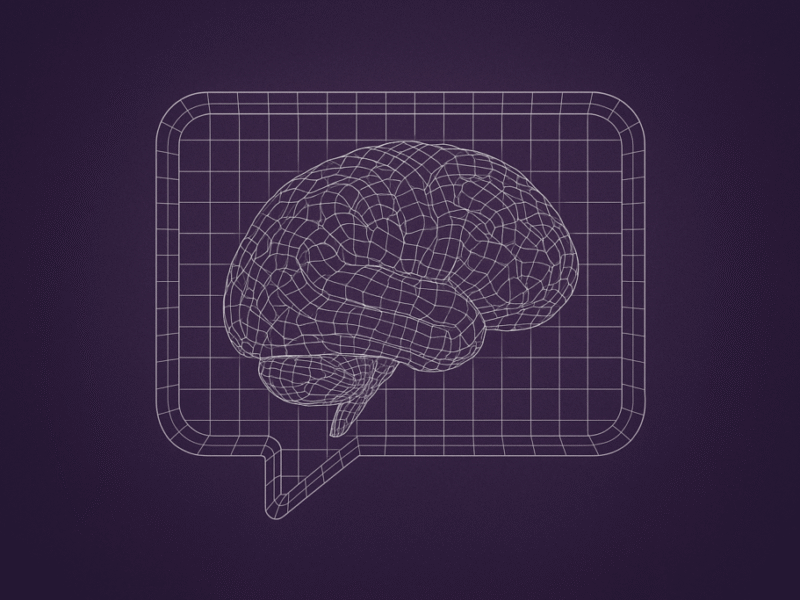3D technology has drastically changed how we experience and interact with the world around us. From virtual reality to architectural design, three-dimensional representations enable richer experiences by adding depth to the visual content. Understanding the nuances of 3D is essential for anyone interested in the realms of art, technology, or design.
What is 3D?
3D, or three-dimensional, defines representations that encompass width, height, and depth. Objects in a 3D space mimic how we perceive them in the real world, enhancing the accuracy and realism of visual experiences.
Depth perception in 3D
Depth perception allows us to interpret and understand three-dimensional space effectively. This concept can be divided into two main categories: stereoscopic vision and non-stereoscopic cues.
Stereoscopic vision
Stereoscopic vision relies on the way our brain processes slightly different images from each eye. This difference creates a sense of depth, allowing us to perceive distance and spatial relationships in our environment.
Non-stereoscopic cues
Besides stereoscopic vision, several non-stereoscopic cues also contribute to depth perception. These include factors like object size, overlapping shapes, and perspective, which help us gauge distances and spatial relationships even without binocular vision.
3D in computing
The introduction of 3D technology has revolutionized multiple industries, bringing innovative solutions to various fields. Understanding its applications and the technology that enables it is crucial.
Creation of 3D images
Creating 3D images often involves computer-generated graphics, allowing artists and designers to depict realistic environments and objects. These graphics have become essential in video games, movies, and simulations.
Applications of 3D technology
3D technology finds its application in various sectors, such as:
- Architecture: Architects use 3D models to visualize buildings before actual construction.
- Healthcare: Medical imaging and 3D modeling aid in accurate diagnoses and surgical planning.
- Automotive: Designers use 3D technology for prototyping and testing vehicle designs.
- Real estate: Virtual tours of properties are created through 3D representations, enhancing buyer experiences.
Technologies that enable 3D
Key technologies like Computer-Aided Design (CAD) and Computer-Generated Imagery (CGI) are pivotal in the creation of 3D models. CAD software facilitates design precision in engineering, while CGI is crucial for visual effects in the entertainment industry.
Distinction between 2D and 3D
The differences between two-dimensional and three-dimensional representations are essential for understanding spatial dynamics.
Definition of 2D
Two-dimensional images possess only width and height, lacking the depth aspect that gives a sense of realism. This limitation constrains their effectiveness in portraying complex visuals.
Key differences between 2D and 3D
The primary distinctions include spatial measurements—2D images represent area, while 3D images encompass volume. This difference significantly alters how we interpret visual content.
How 3D works
Understanding the mechanics behind 3D technology illuminates its innovative nature and applications.
Human perception of 3D
Human perception of three-dimensional space relies on various depth cues, such as texture gradients, shadow, and motion parallax, all aiding in the accurate interpretation of environments.
Simulations in 3D
Advanced technology allows two-dimensional graphics to simulate three-dimensional effects, creating an illusion of depth using techniques like shading and perspective.
Stereoscopic techniques used in 3D films
Stereoscopic films use polarized light techniques to project different images to each eye, creating an immersive 3D experience for viewers. These techniques enhance storytelling and visual engagement in cinema.
Creating 3D images
The creation of 3D images involves a series of steps that include modeling and rendering.
Modeling techniques
Modeling involves developing digital blueprints for 3D objects, utilizing software to design shapes, structures, and detailed features.
Rendering techniques
Rendering applies effects for photorealistic images, considering elements like light, texture, and shadows. This process is essential for visualizing the final output in high fidelity.
Popular software for 3D creation
Several software tools have become integral to 3D modeling and animation, each with unique features:
- Autodesk’s 3ds Max: Widely used for its powerful modeling and rendering capabilities.
- Blender: An open-source platform favored for its versatility and community support.
- Maxon’s ZBrush: Known for its detailed sculpting features, especially in character design.
- NewTek’s LightWave 3D: Offers extensive capabilities for both modeling and animation.
Common uses of 3D technology
3D technology’s versatility enables it to be used across multiple fields, enhancing processes and products.
3D graphics in design and film
In the film industry, 3D graphics are crucial for creating believable environments and characters, pushing the boundaries of visual storytelling.
3D printing
3D printing has transformed manufacturing, allowing for rapid prototyping and customized production, which were once both time-consuming and cost-prohibitive.
Evolution of 3D movies
The journey of 3D cinema began with early experiments and reached significant milestones, including groundbreaking films like “Avatar,” which brought 3D technology to mainstream audiences.
3D art
The evolution of 3D art encompasses various forms, from sculptures to digital installations, reflecting contemporary creative practices and technologies.
Advancements in 3D gaming
3D technology has fundamentally improved gaming experiences, creating immersive worlds that engage players on multiple sensory levels.
History of 3D technology
The development of 3D technology showcases a remarkable journey through time, marked by significant milestones:
- Early films utilized simple techniques for depth, setting the stage for future advancements.
- The concept of 3D printing emerged, enabling tangible object creation from digital designs.
- The availability of CAD software expanded in the 2000s, facilitating design innovation across industries.
- Recent technologies like virtual reality (VR) have brought 3D experiences to new heights.
Current trends and their implications
Contemporary advancements in 3D technology, such as improvements in virtual reality and augmented reality, are reshaping how we interact with digital content. These innovations demonstrate the expanding potential of 3D applications, fostering creativity and enhancing user experiences across multiple fields.

